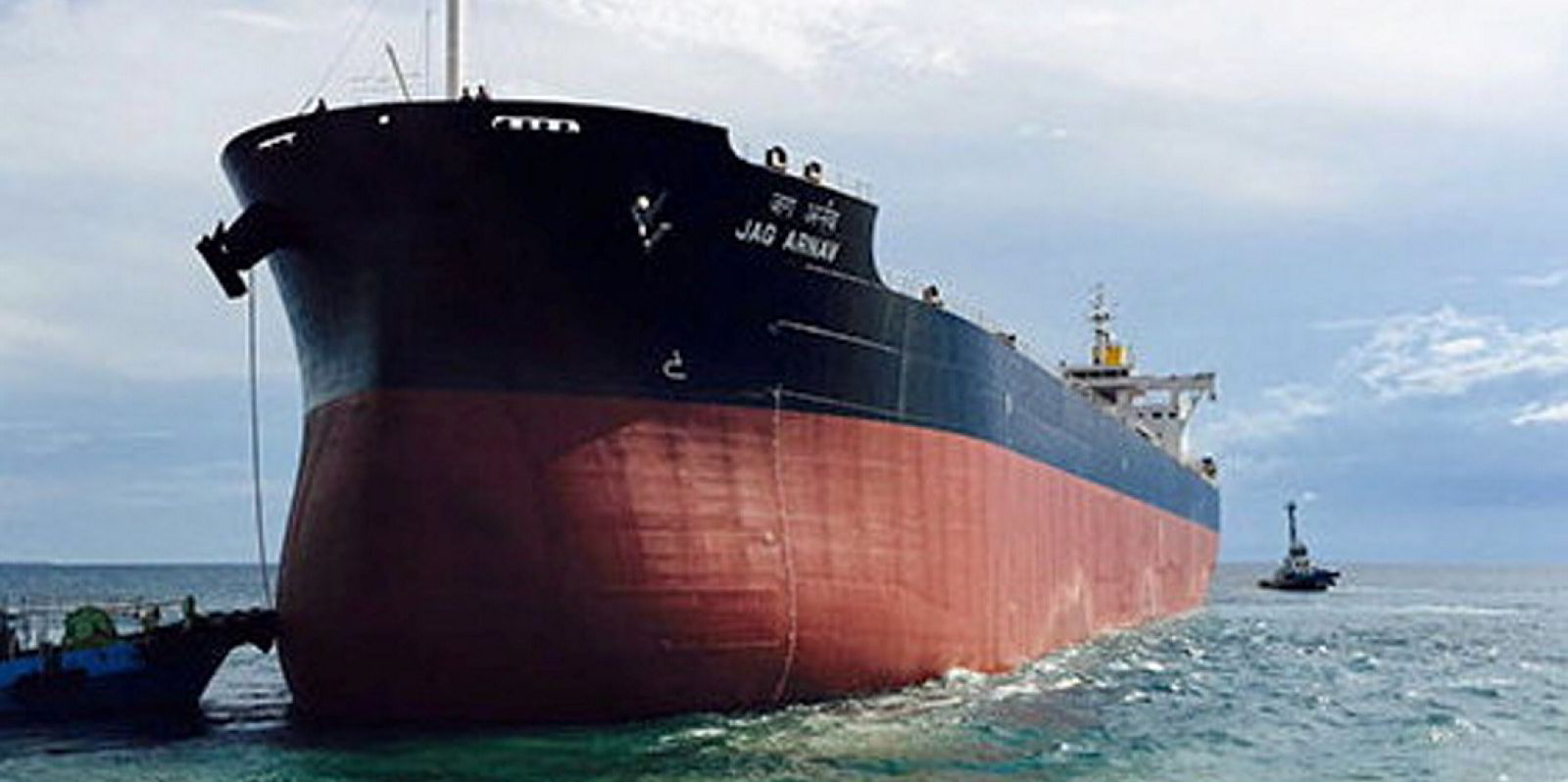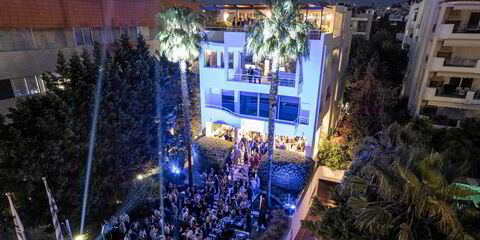Dorian LPG has forged a deal to add three chartered-in newbuildings to its fleet as the VLGC owner reported rising quarterly profits that beat Wall Street expectations.
The Connecticut-headquartered shipowner said the agreements for the trio of newbuildings will last seven years and have options to purchase the LPG carriers.
As is common with the VLGC orderbook, the ships are dual-fuel vessels that can run on LPG or conventional marine fuels.
New York-listed Dorian provided few details on the vessels, other than to say that they will be delivered in the second and third quarter of 2023 and that they are of panamax size.
The company, which could not be immediately reached for comment, did not say how much it is paying for the LPG carriers.
Dorian also said it took a VLGC on time charter that was delivered in October.
The shipowner's fleet list shows the deal involves the Astomos Energy-owned, 83,309-cbm Astomos Venus (built 2016), which is on charter to Dorian until the fourth quarter of 2022.
The ship is operating in Dorian's Helios Pool.
As it locked in more modern tonnage, the shipowner said it closed a previously-announced sale of the 82,252-cbm Pine Gas (ex-Captain Markos NL, built 2006), which Clarksons data shows is now controlled by Seven Islands Shipping of India as part of that company's move into the LPG sector.
| Quarter ended 30 September | 2021 | 2020 |
| Revenue | $63.1m | $54.7m |
| Expenses | $48m | $49.9m |
| Net income | $14.1m | $538,000 |
| Adjusted net income | $9.92m | $3.43m |
The outfit said it logged a capital gain of $3.5m on the deal, which brought in proceeds of $43.4m after commissions. The Captain Markos NL had been its oldest ship.
Dorian also said on Wednesday it gave notice that it would exercise an option to buy back the sistership Captain Nicholas ML (built 2008), which the company had financed through a sale-and-leaseback arrangement.
The outfit will pay $17.8m in cash and apply $27.9m that it forked out over as a deposit on the bareboat charter that expires in the fourth quarter of this year.
Dorian chief executive John Hadjipateras has previously acknowledged that the ship could be sold, and VesselsValue estimates that it is now worth nearly $48.7m.
The transactions came as Dorian delivered better-than-expected quarterly results.
The company reported that its bottom-line profit rose to $14.1m for its fiscal second quarter, which ended on 30 September. That marks an increase on the $538,000 profit earned in the same period of last year.
Adjusted net income, which omits non-cash and one-time items that analysts typically do not track, surged to $9.92m during the period, reversing an adjusted loss of $3.43m a year earlier.
Adjusted earnings per share of $0.35 were well above the average analyst estimate of $0.21, according to data from Yahoo Finance.
That was fuelled in part by revenue that jumped to $63.1m from $54.7m in the same three months of 2020.
"It is noteworthy that our commercial team has produced good results in a fair but volatile spot market this past quarter," Hadjipateras said.
Also helping lift profit higher were decreases in expenses, including vessel operating costs that dropped to $9,210 per day during the latest quarter, from $10,591 per day a year earlier.





